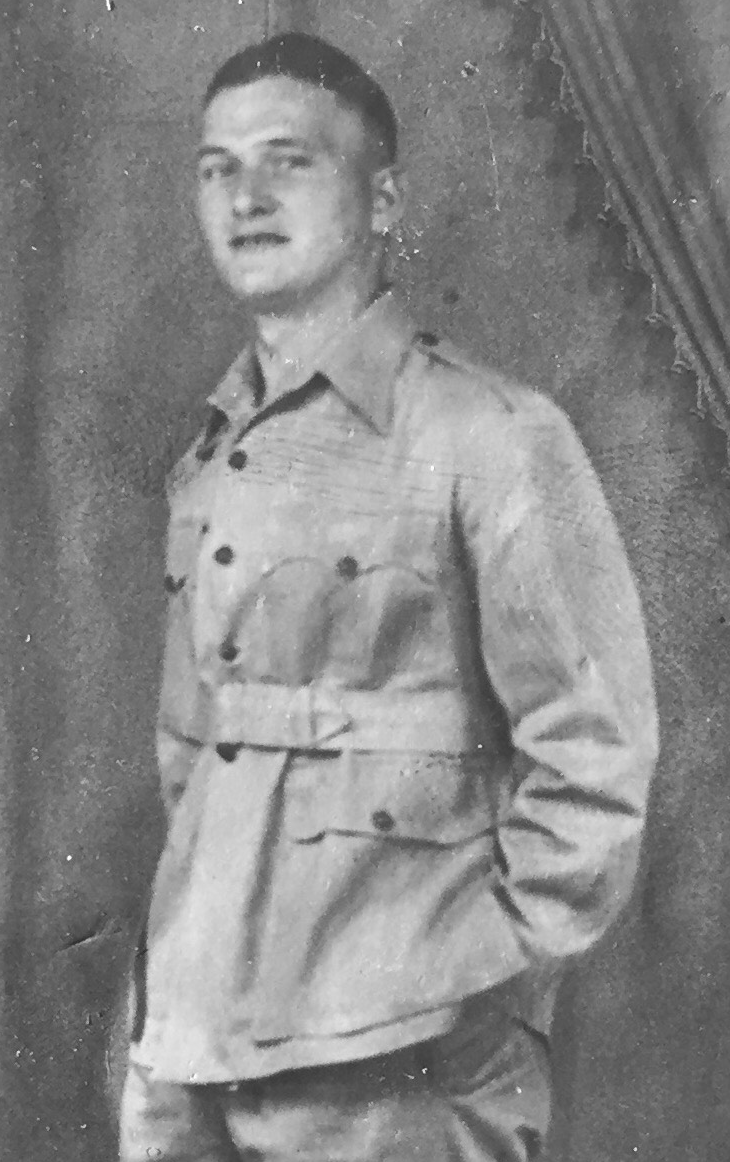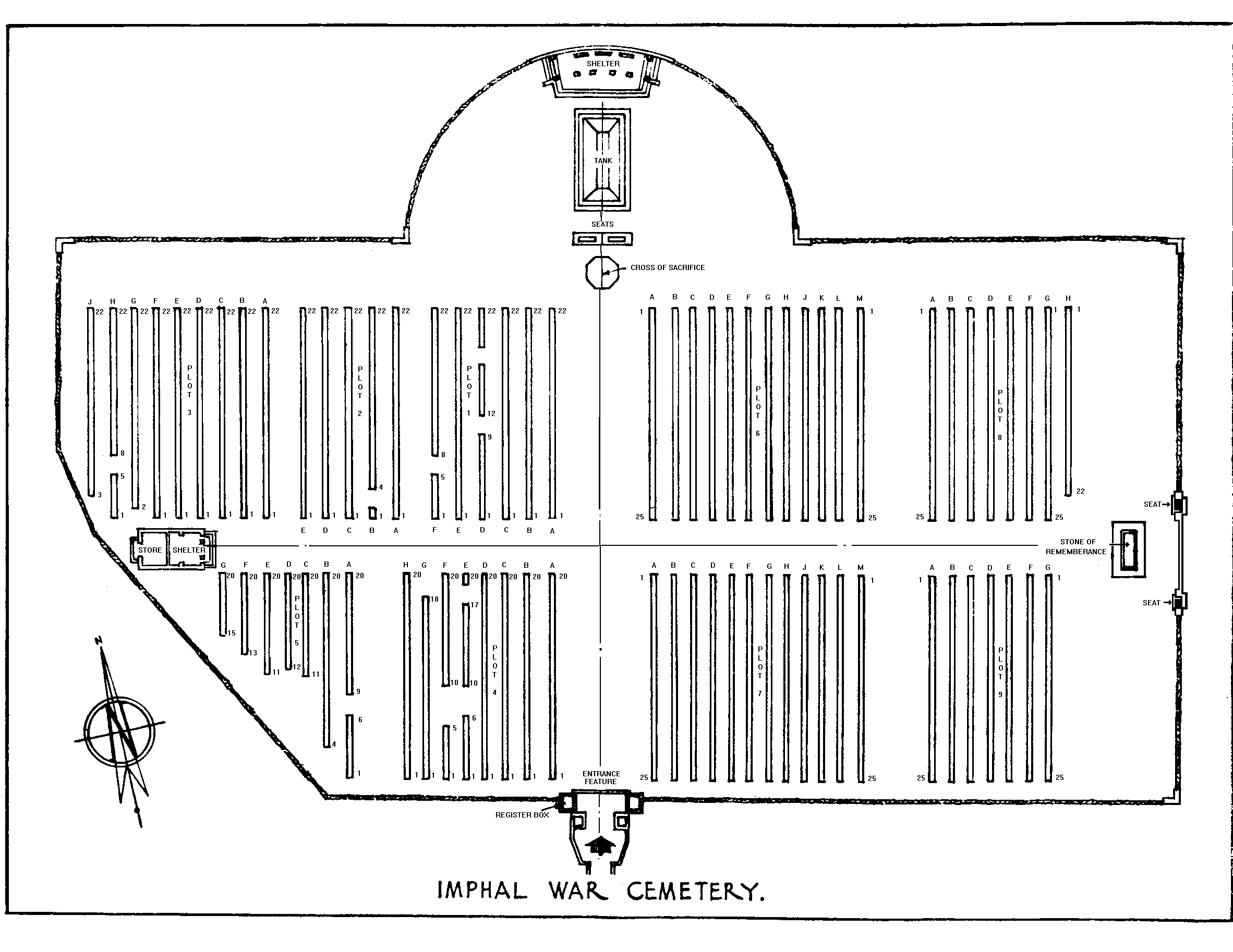
Imphal War Cemetery,
Manipur State, India
The Imphal War Cemetery is located in Imphal, the capital of the Indian state of Manipur, in Northeast India, which has an international border with upper Burma (now known as Myanmar). The cemetery has 1,600 Commonwealth burials of the Second World War and is maintained by the Commonwealth War Graves Commission.
During the Second World War, in 1942 the Japanese Army occupied Burma by defeating the Commonwealth forces.
Understanding Imphal’s strategic importance, the Japanese forces attacked Manipur in the spring of 1944. They started bombing Imphal, severed a part of the road link between Imphal and Dimapur and held siege over Imphal for over three months. The Army of the Commonwealth Forces fought fiercely and caused many casualties of the Japanese forces. The siege of Imphal was lifted in the summer of 1944. The battle ended on 22 June 1944, however the area was not fully reclaimed until the end of July. This battle is considered next only to the Battle of Kohima.For the Japanese army the control over Imphal, in the "bloody plains" was very expensive in terms of casualties as nearly 50,000 of their soldiers died here. It is reported that during the Second World War, the number of dead in the Kohima and Imphal sectors in India, put together, was 65,000 Japanese troops and 18,000 British and Indian soldiers.

My grandmother's brother, Edward Strachan, died in Imphal on the 19th of July 1944. He was 25 years old.
Imphal was a valley in the mountains with over 400 inches of rain falling in the 1944 monsoon. A place of two extremes — beauty in its flora and fauna - with teak trees, bamboo plants and flowers growing by the lake and tigers, elephants, and pythons roaming free.
The hidden terror was the diseases also roaming free. Malaria, black water fever, typhus, as well as blood sucking leech and clouds of mosquito causing bites and rashes. Many soldiers fell victim to mite-borne scrub typhus - They would suffered heavily. Edward Strachan was one of those soldiers.
After an incubation period of 10 to 12 days, symptoms of scrub typhus start suddenly and include fever, chills, headache, and inflammation of throat. The typical lesion of scrub typhus, common in whites but rare in Asians, begins as a red, indurated lesion at the site of the bite, about 1 cm in diameter; it eventually ruptures, and becomes covered with a black scab. Regional lymph nodes enlarge. Fever rises during the 1st week, often to 40 to 40.5° C. Headache is severe and common, as is conjunctival injection. A macular rash develops on the body during the 5th to 8th day of fever, often extending to the arms and legs. It may disappear rapidly or become maculopapular and intensely colored. Cough is present during the 1st week of fever, and pneumonitis may develop during the 2nd week. Victims may experience mental changes, ranging from confusion to coma.
Untreated, death was inevitable.

Edward joined the King's Own Scottish Borderers, 2nd Battalion in 1944. Service number 3317606.
He is buried in the War Cemetery.
The Inscription on stone reads "Gone to be with Christ. Till we meet. My son died not in vein. Mother"



